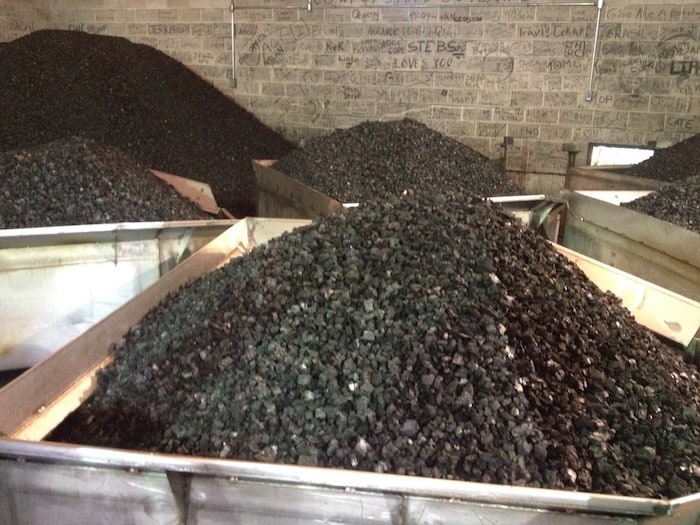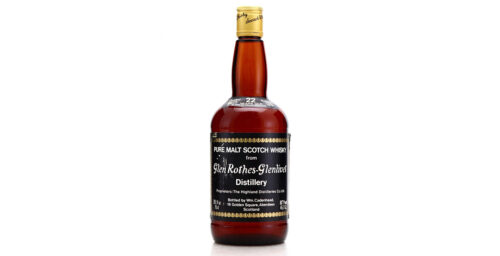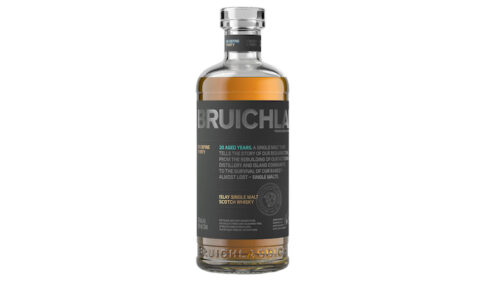The consideration of whether Tennessee whiskey is its own thing or just another type of bourbon is a longstanding debate in whiskey circles. A group of researchers out of the University of Tennessee, aiming in part to answer this question, recently sought to find out the science behind the Lincoln County Process (LCP), an essential part of the Tennessee whiskey production process for a good number of distilleries in that state. They are presenting the findings of their research today at the American Chemical Society (ACS) Spring 2019 National Meeting & Exposition.
The team, led by one John Munafo, Ph.D., noted that by “probing the fundamental chemistry of this process, his team could help distilleries achieve the flavor profile they desire and reduce product variability.” To this end, they partnered with the Sugarlands Distilling Company in Gatlinburg, Tennessee, to figure out how LCP affected the flavor of their Roaming Man Tennessee whiskey.

“Although Tennessee whiskey and traditional bourbon both have to be made from 51 percent corn and aged in charred oak barrels, the distinction is really this filtration step,” said graduate student Trenton Kerley, who performed the work.
As for the actual nuts and bolts of the science being done here, it goes something like this, according to information from the research team:
The researchers first established baseline values for its flavor. They began with unfiltered whiskey provided by the distillery. They identified all of the aroma-active molecules (odorants) of the beverage using a combination of gas chromatography-mass spectrometry and gas chromatography-olfactometry, a technique by which a scientist can smell the individual components of a sample as they are separated. They then determined which of these compounds was important to the whiskey’s flavor with a technique called aroma extract dilution analysis, in which aroma-active compounds are diluted until they no longer be smelled. Finally, the key odorants were quantitated by stable isotope dilution assays.
After identifying the compounds that contributed to the unfiltered whiskey’s flavor, they exposed it to sugar maple charcoal also obtained from Sugarlands. Based on a procedure established by the distiller, they left the whiskey soaking in the charcoal from one to five days. Afterward, they analyzed samples by spiking them with known quantities of the odorants previously identified so they could quantify how much of each compound was removed by the LCP step.
Kerley says that based on the whiskey’s smell before and after filtration, he was not surprised by the change in chemical composition, but he was surprised by how much some of the levels changed. “I was expecting it to have an effect, but I wasn’t expecting as large of an effect as we saw in some of the compounds. For example, levels of some compounds declined by up to 30 percent after LCP,” he says.
Now that Munafo and his student better understand how LCP changes whiskey chemically, they want to adjust some of the parameters of the filtration process. Munafo says they will run a series of experiments varying the time the unfiltered whiskey is in contact with the charcoal, and another in which the whiskey-to-charcoal ratio is systematically altered. He also wants to investigate the sensory impact of combinations of compounds that are present. “There are some ‘strong’ flavor compounds present in low concentrations, but then there are ‘weaker’ aroma-active compounds such as branched alcohols that are present at high concentrations,” Munafo says. “Even though they might not be potent aroma-active compounds, they could have an effect like a perception of burning that our senses pick up.”
Down the road, the data Munafo and his students collect could be used to advise distillers on exactly what changes to make to their whiskey to produce the best flavor for their unique brand. “We want to give them levers to pull so they are not blindly trying to get the flavor target they want,” Munafo says.
It should be noted of this research that it was supported by the USDA National Institute of Food and Agriculture, with funding through the Food Science Department and start-up funds from the University of Tennessee Institute of Agriculture.



